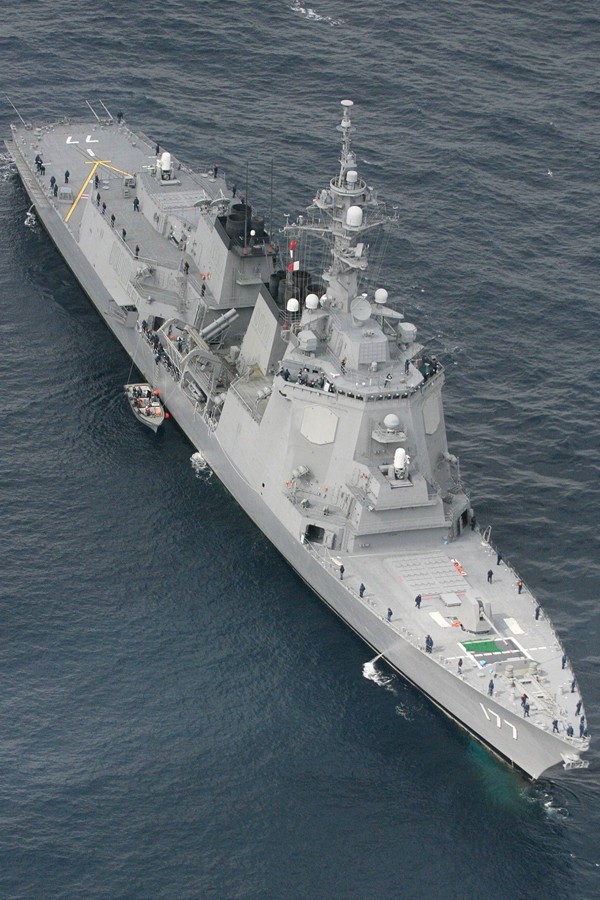
Japan to install Aegis missile defence systems on land amid North Korea crisis

The Japanese Defence Ministry plans to introduce a land-based Aegis missile defence system to address North Korea’s missile threats, having decided to seek funding in the next financial year to cover the system design costs, a government source said on Wednesday.
The ministry was planning to make a budgetary request to conduct “studies” over the installation of the Aegis Ashore system, but has decided to move up the schedule amid continuing test-firing of ballistic missiles by Pyongyang, according to the source.
The ministry also plans to secure a budget to create a new “space unit” inside the self-defence Forces that will be tasked with protecting satellites that are used by Japan and the United States for among other purposes to detect ballistic missile launches.

Japanese Defence Minister Itsunori Onodera is expected to explain the plans to the US government during his current visit to Washington with Foreign Minister Taro Kono for talks with their US counterparts on Thursday.
In the budgetary request to be submitted by the end of August, the ministry will leave open the actual sum it is expecting for designing the Aegis Ashore programme because of the need for consultations with the United States, the source said.
But the ministry plans to finalise the costs by the end of the year when the government will draw up the fiscal 2018 budget plan.
Under Japan’s current multi-tier missile defence system, the Maritime Self-Defence Force’s Aegis destroyers equipped with Standard Missile-3 interceptors are tasked with stopping missiles in the outer atmosphere.
If they fail, the Air Self-Defence Force’s Patriot Advanced Capability-3 surface-to-air guided interceptors are the next line of defence against missile attack.
Aegis Ashore uses the same components fitted to MSDF Aegis destroyers, but the system is land-based. It is also easier for the SDF to prepare for missile intercepts because the system will be permanently installed.

The government is likely to start selecting candidate sites at the same time. The introduction of the new system will strengthen Japan’s missile defence, according to a ministry source, but some critics say it could increase tension in the surrounding region.
One estimate has shown that an Aegis Ashore unit costs about 80 billion yen (US$728 million). The total expenses could balloon as the government will also need funds to purchase the land to install the system, while it is unclear how long it will be before Japan can start operating the system as it needs time to train SDF members how to use it.
New interceptors now being developed by the United States and Japan known as SM-3 Block IIA can also be launched from Aegis Ashore sites, potentially helping Japan expand its coverage of defence and improve its accuracy to hit a target.

Following North Korea’s threat last week to launch four ballistic missiles across Japan toward the US territory of Guam, Japan has deployed the PAC-3 system to four prefectures in western region that the missiles could fly over.
The PAC-3 coverage is believed to be within a radius of several dozens of kilometres, with the system deployed in areas of particular importance.
The Japanese Defence Ministry is also eager to bring forward the deadline of a plan to increase the number of Aegis ships from the current four to five, which is currently set at the end of March next year. Officials are now looking to do so by the end of this year, the government source said.
Tokyo has been increasingly concerned about North Korea’s nuclear and missile development programmes, saying that they have reached “a new level of threat”.